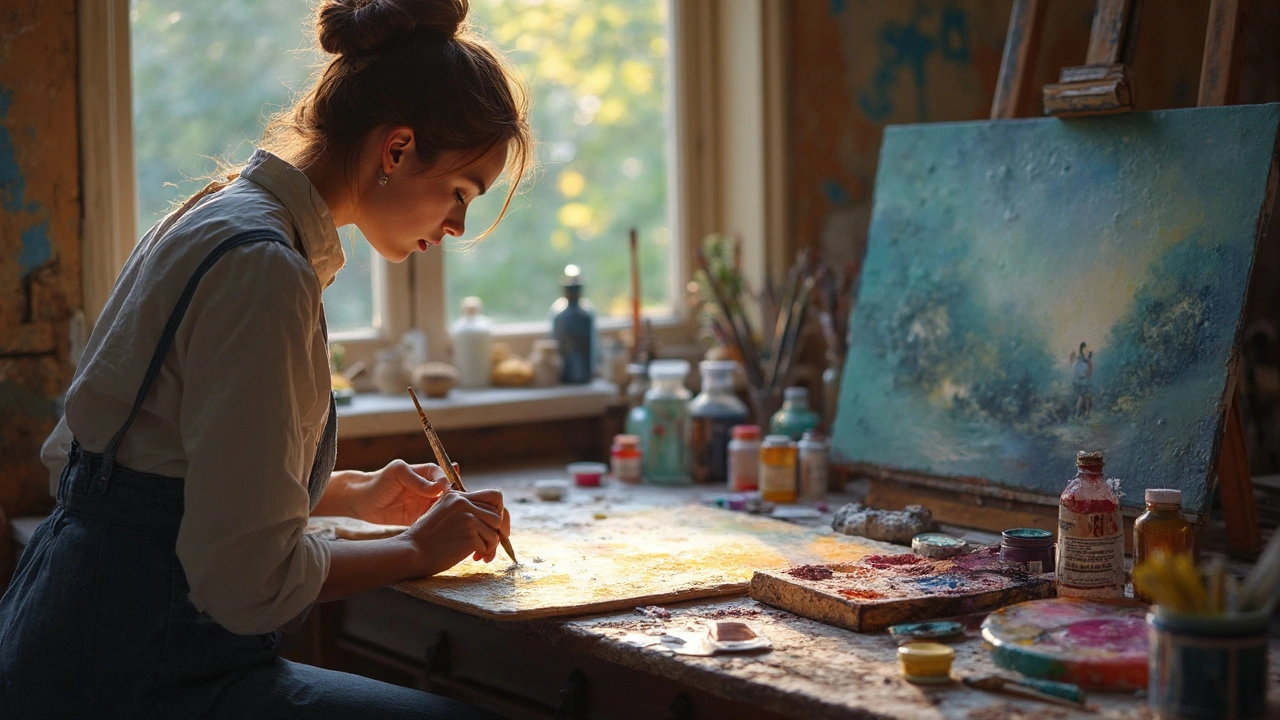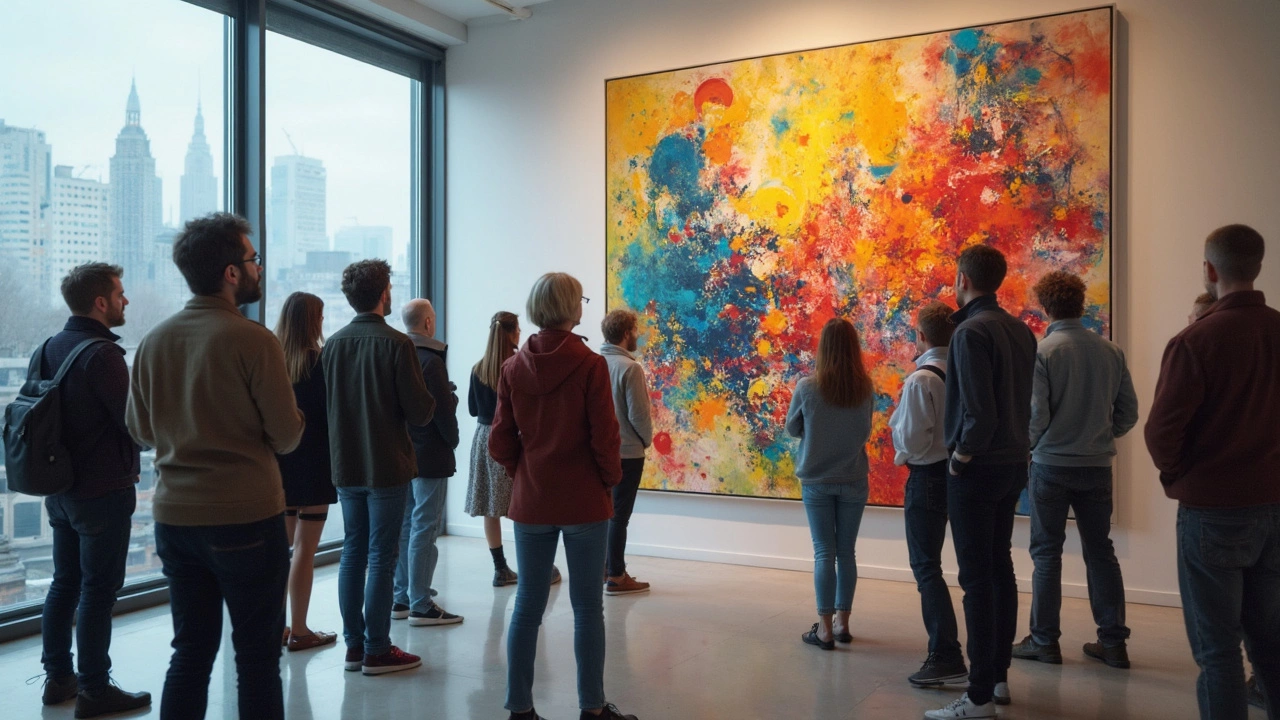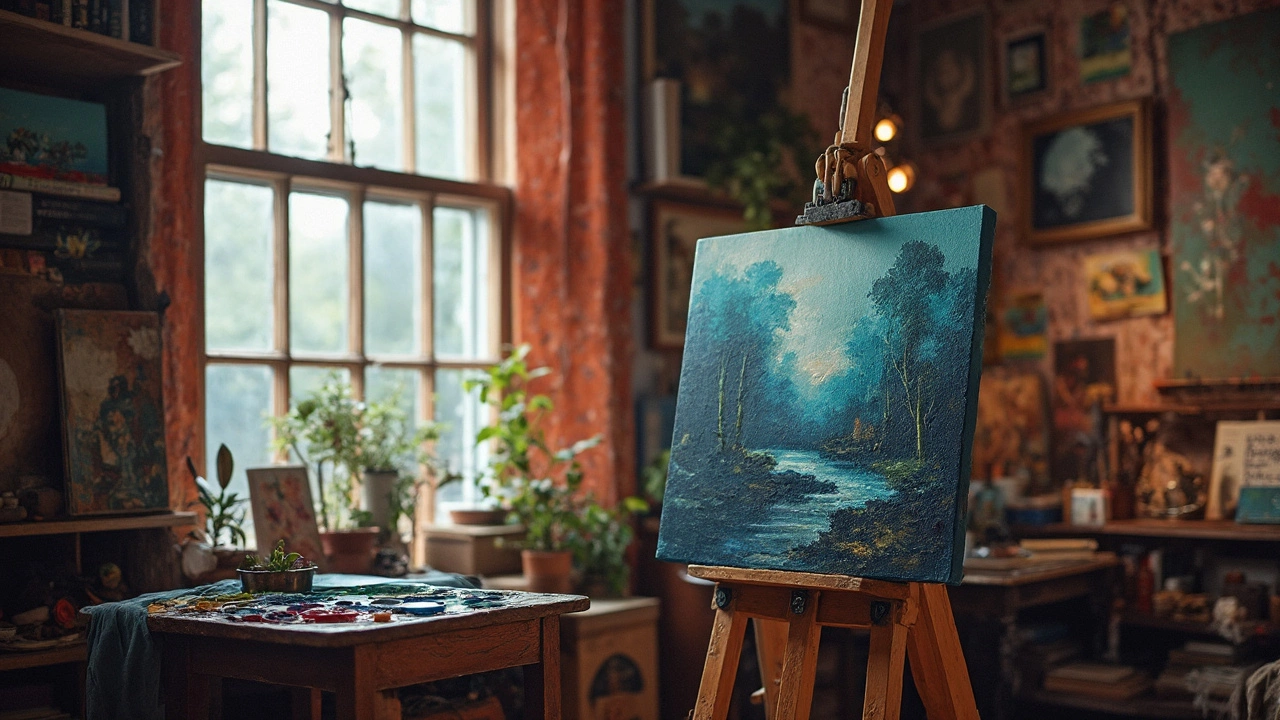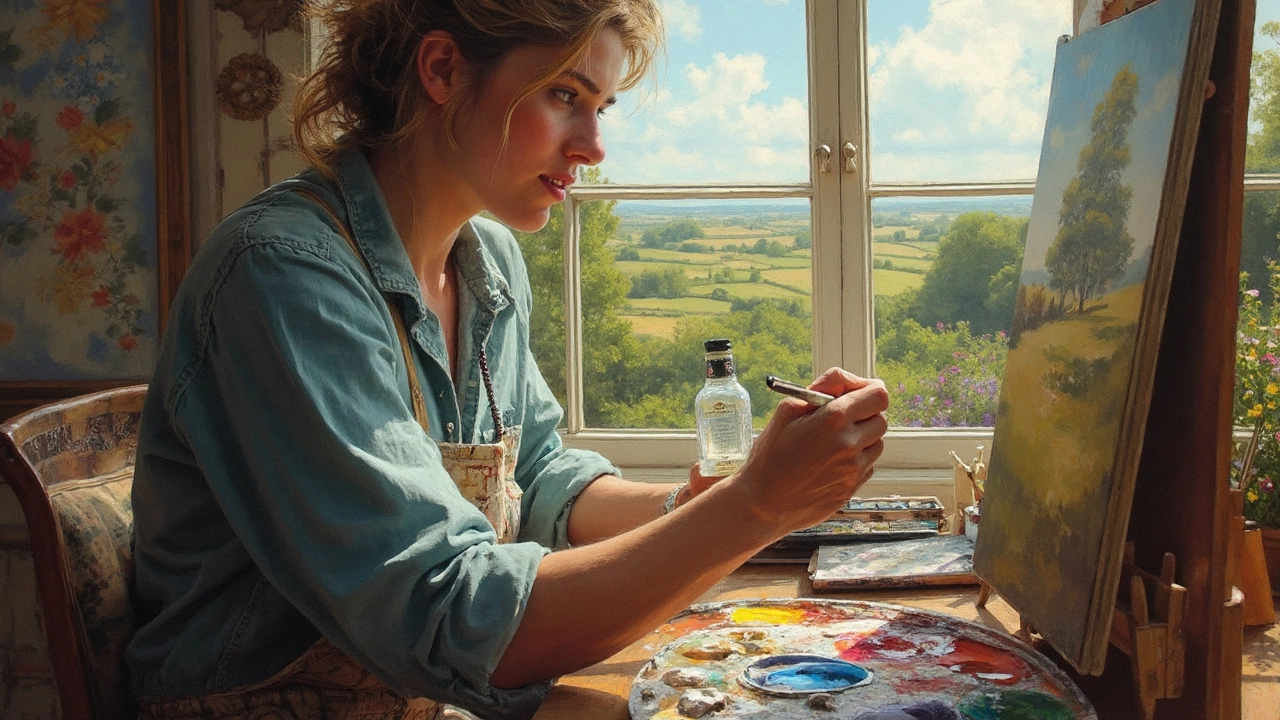Art Tips You Can Use Right Now
Whether you’re just starting out or you’ve been creating for years, a good tip can save you time, money, and frustration. Below you’ll find straight‑forward advice that works for painting, drawing, sculpture, and even digital art. No jargon, just clear steps you can try today.
Fix Common Painting Problems Fast
Messed up a color on a wet oil painting? Don’t panic. Grab a clean rag, a little turpentine, and gently wipe the area while the paint is still tacky. If the paint has dried, scrape the thin layer off with a palette knife, then smooth the surface with fine sandpaper. Finish with a thin glaze of the correct color – it blends in without obvious seams.
For watercolor, start with light washes and work from light to dark. This prevents the paper from becoming oversaturated and helps you keep control over color intensity. If a wash is too strong, lift the pigment with a damp brush before it dries.
Choose Materials That Won’t Break the Bank
Want to sculpt but hate the cost? Look around your house for everyday items: cardboard tubes, old plastic bottles, or even newspaper. Mix these with a simple DIY papier‑mâché paste (flour and water) and you have a sturdy base for small projects. For finer details, cheap air‑dry clay works well and sets in a few hours.
When it comes to paints, buy primary colors in small tubes and mix your own shades. You’ll end up with a larger palette than buying every hue separately. Keep a notebook of mix ratios so you can replicate colors later without guessing.
Need a quick way to improve composition? Use the rule of thirds. Imagine a tic‑tac‑toe grid on your canvas; place main subjects along the lines or at the intersections. This simple trick adds balance and makes your work feel more dynamic.
Eye contact in portraits matters a lot. Position the subject’s eyes about one‑third down from the top of the canvas and make them the sharpest part of the piece. Viewers naturally follow the gaze, creating an emotional link.
If you’re curious about abstract art, remember it’s less about “making sense” and more about feeling. Start with a limited palette, choose a single texture (like palette knife or sponge), and repeat a pattern across the canvas. Step back often; you’ll see where the piece needs a break or an extra burst of color.
Digital artists often wonder how to turn a sketch into a polished illustration. Scan or photograph your drawing, then use a basic layer‑based program (like free GIMP). Trace the lines on a new layer, fill with flat colors on another, and add shading on a third. Keep each element on its own layer – it makes editing a breeze.
Finally, protect your work. Spray a light coat of fixative on charcoal or pastel pieces to stop smudging. For paintings, a clear acrylic varnish adds depth and shields against dust.
These tips are meant to be tried, tweaked, and shared. Keep a small journal of what works for you, and you’ll see steady improvement without spending a fortune.

21 May 2025
Ever wondered why some paintings seem to glow or have a magical softness? Scumbling might be the secret. This technique adds layers of life to your artwork by letting bits of color peek through. It's not tricky, but it can totally change the look of your painting. Discover how to use scumbling in oil painting, what tools work best, and why even the Old Masters loved this trick.
Continue reading...

7 May 2025
Abstract art throws a lot of people off—what’s even going on? This article uncovers why abstract art feels tricky, digs into what really sets it apart, and offers hands-on tips for making sense of it. You'll get real stories, practical advice, and a peek behind the scenes at how artists think. Let’s turn confusion into curiosity and give you new tools to look at abstract art differently. You'll walk away feeling less lost and maybe even a little inspired.
Continue reading...

1 Apr 2025
Figuring out whether to start with dark or light can be confusing for beginner oil painters. This article explores the reasons behind each approach, breaking down common techniques and offering practical tips. Learn how the choice can affect your painting's mood and depth. Plus, unlock secrets from well-known artists to inspire your creative journey. Make your oil painting process more enjoyable and satisfying with these insights.
Continue reading...

26 Feb 2025
Oil painting is an art form with specific techniques blending creativity with skill. The golden rule emphasizes 'fat over lean,' ensuring layers dry properly. Understanding and applying this principle prevents cracks and enhances durability. This article explores essential oil painting techniques, offering practical tips for artists.
Continue reading...



